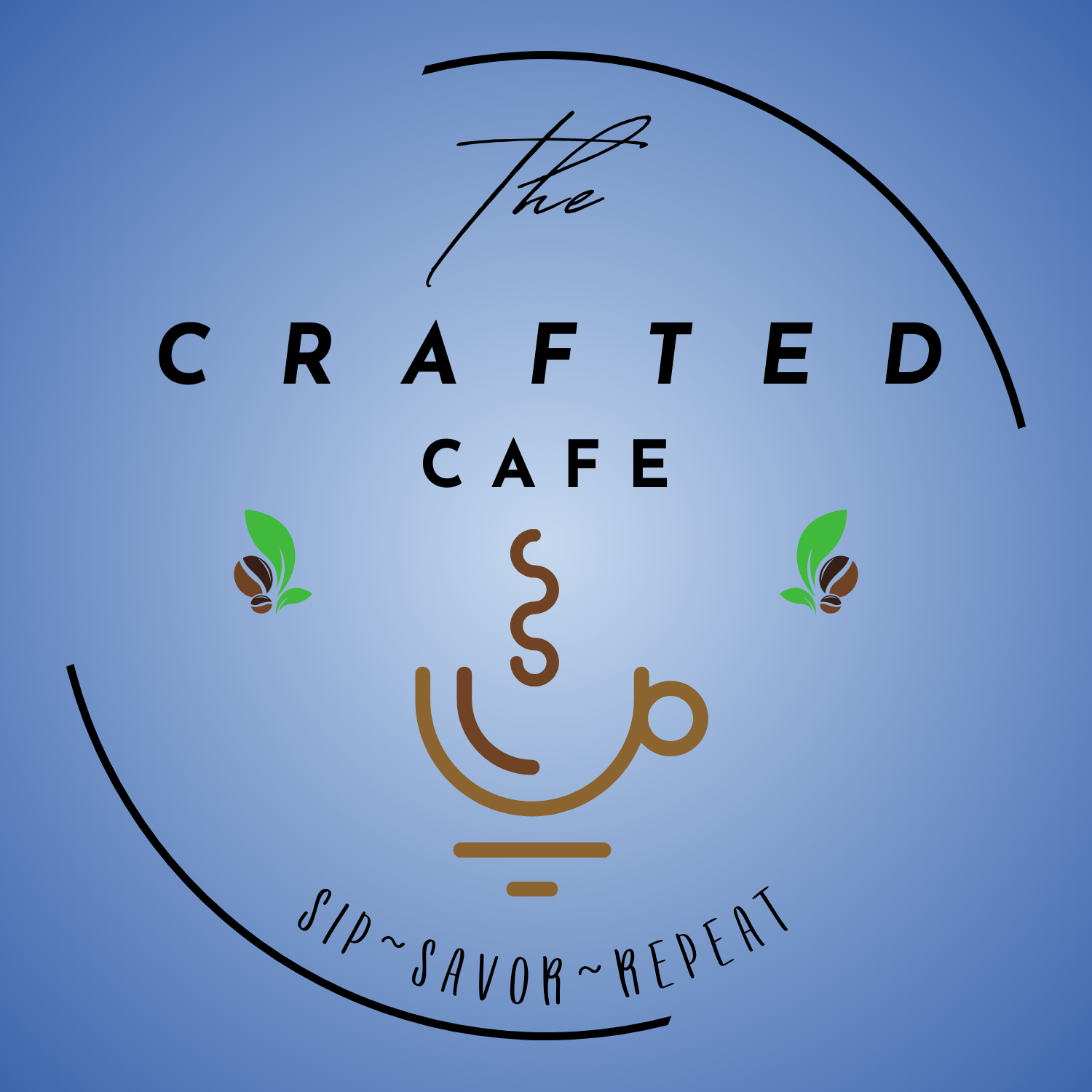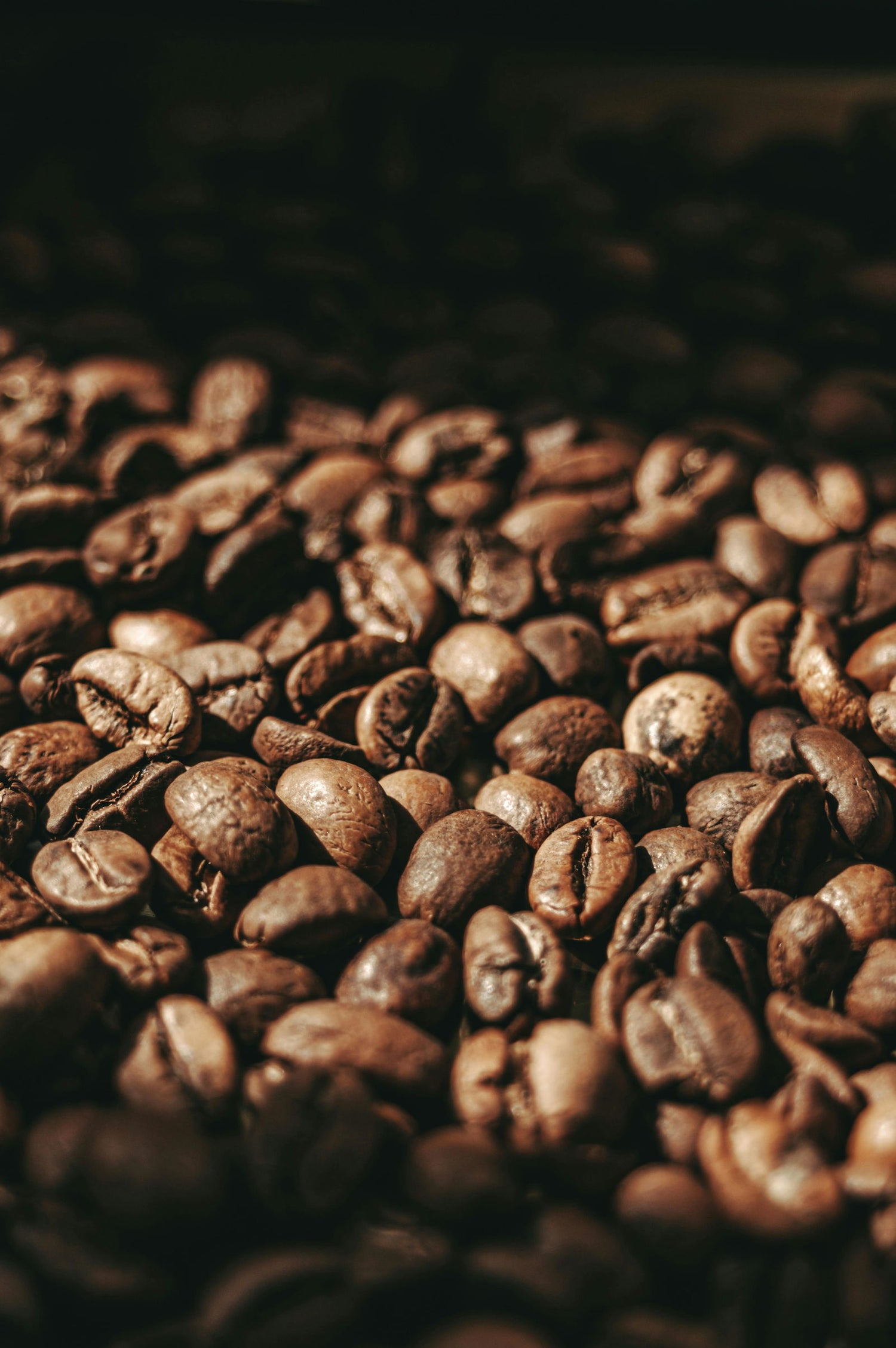Local Coffee vs Western Coffee: A Flavor Showdown
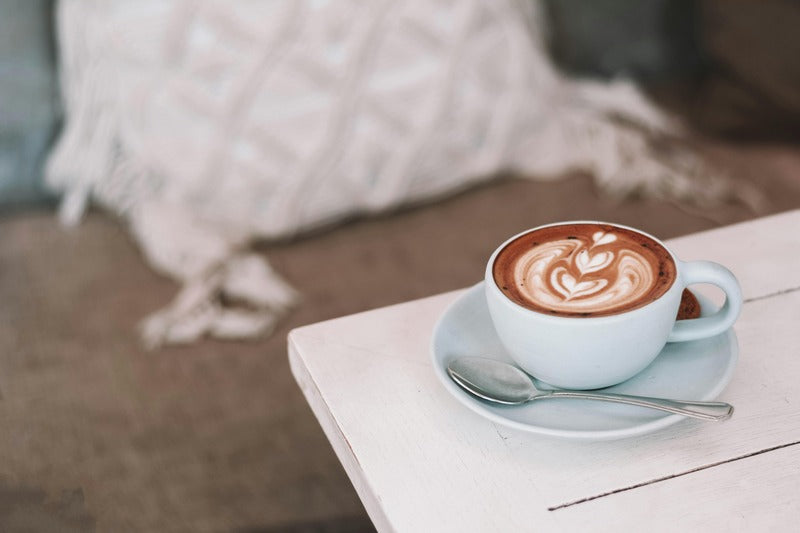
Share
**Coffee** is more than just a beverage; it's a global phenomenon that reflects the rich tapestry of cultural diversity. When it comes to the epicurean battle of local coffee vs western coffee, each offers a distinct experience that captivates the taste buds. Local coffee, often rooted in traditions that date back centuries, varies from region to region. From the earthy tones of Ethiopian beans to the spicy notes of Vietnam's robusta, local brews are a testament to the cultural heritage and natural landscapes of their origins.
On the other hand, Western coffee, with its widespread influence, brings a standardized yet versatile approach to coffee-making. It emphasizes techniques like espresso and pour-over, which highlight the nuanced flavors of single-origin beans. The Western coffee culture is synonymous with innovation, often seen in the creative concoctions served in cafes worldwide, like flat whites and caramel macchiatos.
In this article, we will delve into the nuances of these two coffee realms, exploring their unique flavors, brewing techniques, and cultural influences. Whether you are a coffee aficionado or a curious sipper, understanding the differences between local and western coffee will enhance your appreciation for this beloved drink. Ready to embark on a sensory journey? **Buy the freshest coffee on the internet now** by visiting The Crafted Cafe and experience an unparalleled coffee encounter from the comfort of your home.
Cultural Influences on Coffee Flavors
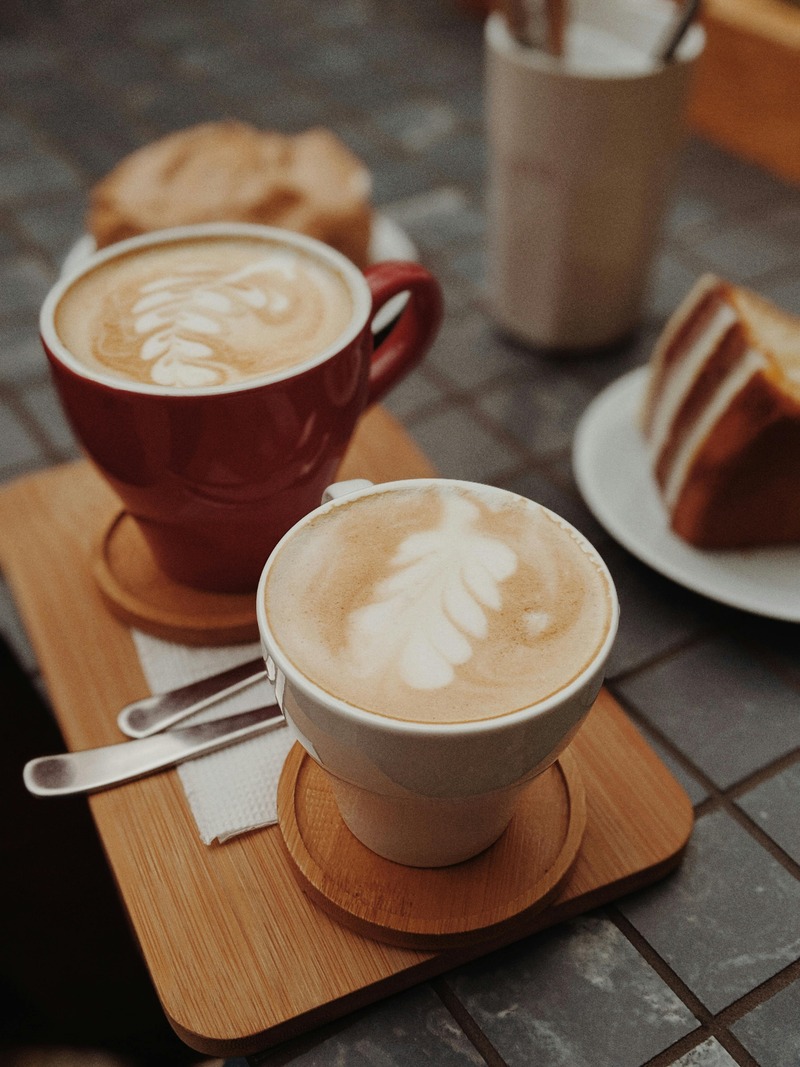
Coffee is deeply intertwined with the cultural identities of regions across the world, and this connection significantly impacts its flavor profile. In the realm of local coffee vs western coffee, the cultural backdrop plays a pivotal role in shaping what we taste in each cup. Local coffee is a reflection of its environment and the centuries-old traditions that define its preparation and consumption. For instance, Ethiopian coffee ceremonies are a social affair, where the beans are roasted, ground, and brewed right before serving. This process not only enhances the subtle flavors but also fosters a sense of community.
In Southeast Asia, coffee is often blended with local ingredients. In Vietnam, for example, coffee is traditionally enjoyed with sweetened condensed milk, creating a rich and creamy beverage known as "cà phê sữa đá." In countries like Turkey, coffee is finely ground and simmered, resulting in a thick, aromatic cup that is an integral part of hospitality.
Conversely, the Western coffee scene is heavily influenced by the desire for convenience and consistency. Coffee chains, such as Starbucks, have popularized a wide array of blends and flavors, prioritizing a uniform taste that appeals to a broad audience. Furthermore, Western cultures often experiment with flavors and brewing technologies, leading to innovative trends like nitro coffee and cold brews.
Ultimately, the cultural influences on coffee flavors offer a fascinating glimpse into the diverse ways communities interact with this beloved beverage, creating an enriching experience that resonates with both local and global coffee enthusiasts.
Brewing Techniques and Their Impact
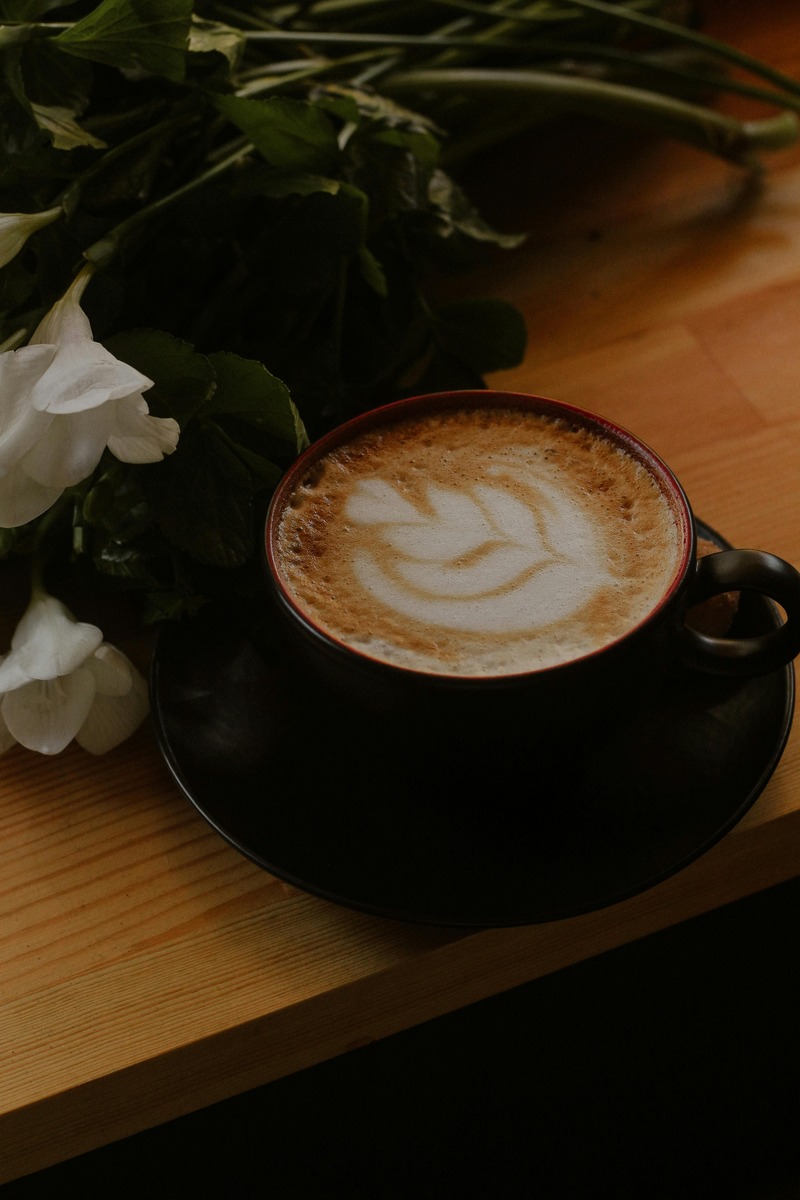
The brewing techniques employed in crafting coffee are as diverse as the cultures from which they originate, and they have a substantial impact on the final flavor profile of the beverage. In the discussion of local coffee vs western coffee, these techniques are crucial in defining the unique characteristics of each cup.
Local coffee often relies on traditional methods that have been honed over generations. In Ethiopia, the birthplace of coffee, the traditional jebena method involves boiling coffee with water in a clay pot, allowing the flavors to develop naturally and offering a bold, unfiltered experience. Meanwhile, in Japan, the use of siphon brewing, which dates back to the 1800s, emphasizes a more delicate and precise extraction, resulting in a clean, aromatic brew.
Western coffee, on the other hand, has embraced modern technology to achieve both efficiency and variety. The popularity of espresso machines in Western countries has led to a coffee culture that celebrates quick and intense shots of coffee, often as a base for various milk-infused drinks like cappuccinos and lattes. Moreover, the rise of the pour-over method, with its emphasis on precision and control, has allowed coffee lovers to experiment with variables such as grind size and water temperature, leading to a customized flavor experience.
Each brewing technique not only highlights the unique qualities of the coffee beans but also reflects the cultural values and lifestyle preferences of the people who consume them. Whether it's the meticulous preparation of a traditional brew or the innovative use of modern technology, these methods showcase the diverse ways in which coffee is savored around the world.
Exploring Unique Flavor Profiles

The exploration of unique flavor profiles is where the essence of the local coffee vs western coffee debate truly comes to life. Each region's coffee offers a distinctive taste that is influenced by various factors including climate, soil, and cultural practices.
Local coffee often presents flavors that are deeply rooted in its environment. For instance, Ethiopian coffee is renowned for its complex fruity and floral notes, often exhibiting a bright acidity that is reminiscent of berries or citrus. This is a direct reflection of Ethiopia's diverse coffee-growing regions and their rich, volcanic soil. Similarly, Indonesian coffee, particularly from Sumatra, is known for its earthy, spicy, and herbal profiles, attributed to the region's unique wet-hulling process and tropical climate.
In contrast, Western coffee often showcases a more standardized flavor profile due to large-scale production and blending practices. However, there is a growing trend towards single-origin coffees, which bring attention to specific characteristics of beans from a particular region. This has led to a greater appreciation for flavors such as the nutty and chocolatey undertones of Central American coffees or the bright acidity and sweetness found in Kenyan beans.
The journey through these flavor profiles is a testament to the diversity and richness of coffee as a global beverage. Whether one prefers the bold, rich flavors of locally sourced beans or the nuanced, balanced notes of Western-style coffees, the variety available is a delightful testament to coffee's universal appeal.
Coffee Traditions and Rituals Worldwide
Coffee traditions and rituals are as diverse as the cultures that cherish this beloved beverage. In examining the local coffee vs western coffee landscape, one can appreciate how deeply ingrained coffee is within societal customs across the globe.
In Ethiopia, the birthplace of coffee, the coffee ceremony is a celebrated social ritual that involves roasting green coffee beans, grinding them, and brewing them in a special pot called a jebena. This ceremony is an integral part of Ethiopian hospitality, often lasting several hours and serving as a time for community bonding.
In contrast, Italy's coffee culture revolves around the espresso. The Italian ritual of drinking coffee is quick and efficient, often enjoyed standing at a bar. Italians take pride in the quality and consistency of their espresso, which is an essential part of daily life.
In the Middle East, coffee is traditionally brewed in a dallah and often spiced with cardamom. It is frequently served during gatherings to symbolize hospitality and warmth. The process of preparing and serving coffee is ceremonial, reflecting the importance of coffee in social and cultural interactions.
Western countries, particularly in the United States, have popularized coffeehouse culture, where coffee is not just a beverage but an experience. Cafes serve as social hubs, where people gather to work, socialize, and enjoy a diverse menu of coffee drinks. This cultural phenomenon has led to the global proliferation of coffee chains.
These varied coffee traditions highlight the universal allure of coffee, each practice offering a unique perspective on how coffee can be woven into the fabric of everyday life. From communal ceremonies to quick espresso shots, coffee continues to be a profound cultural connector worldwide.
Conclusion on Coffee Flavor Showdown

The journey through the world of local coffee vs western coffee uncovers a rich tapestry of flavors, traditions, and brewing techniques that define the global coffee culture. Local coffees, with their deep-rooted cultural significance and unique preparation methods, offer a taste that is both authentic and diverse. From the vibrant Ethiopian coffee ceremonies to the aromatic spiced brews of the Middle East, local coffee traditions showcase the diverse ways communities engage with this beloved beverage.
On the other hand, Western coffee, particularly through the rise of coffeehouse culture, has popularized a new way of enjoying coffee. With a focus on convenience, variety, and innovation, Western coffee often emphasizes specialty drinks that cater to a wide range of tastes and preferences. This has led to a dynamic coffee scene that continually evolves, offering something for every coffee lover.
Ultimately, the flavor showdown between local and western coffee is not about choosing one over the other but appreciating the unique qualities each offers. Whether it's the rich, bold flavors of a traditional brew or the creative concoctions of a modern cafe, coffee remains a universal language of comfort and connection.
As you explore these flavors, why not bring the experience home? Buy the freshest coffee on the internet now! Let The Crafted Cafe provide you with an unparalleled coffee experience that tantalizes your senses, allowing you to savor the essence of this global journey from the comfort of your home.
